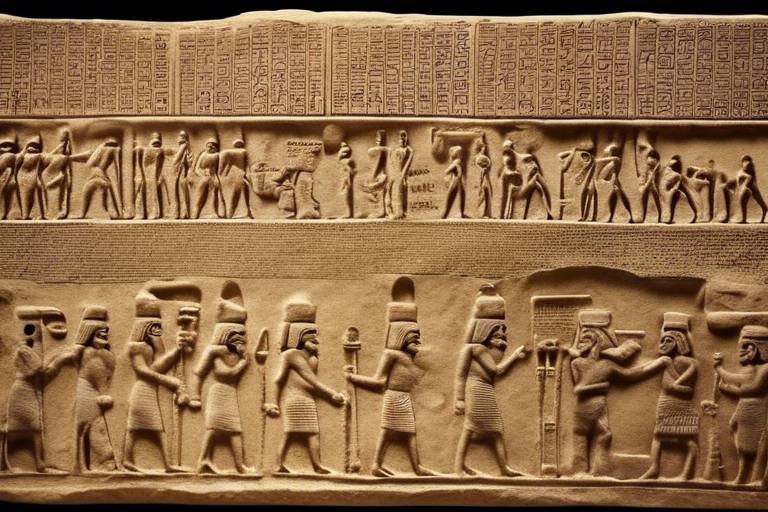The Secrets of the Ancient Egyptian Agriculture
Ancient Egyptian agriculture was a cornerstone of their civilization, shrouded in mystery and innovation. The secrets of their agricultural practices unveil a world of ingenuity and resourcefulness that sustained one of the greatest ancient civilizations known to humanity.
Imagine the mighty Nile River, not just a water source but the lifeblood of ancient Egypt. Its annual flooding brought nutrient-rich silt, transforming the arid land into fertile soil for cultivation. The Egyptians ingeniously harnessed this natural phenomenon, creating a thriving agricultural paradise along the riverbanks.
Their farming techniques were far ahead of their time. Flood irrigation, a method where fields were flooded with water, ensured consistent moisture for crops. Crop rotation helped maintain soil fertility, while the use of animal manure as fertilizer enriched the land naturally. It was a harmonious cycle of giving back to the earth what it provided.
The Pharaohs, revered as god-kings, held a pivotal role in agricultural affairs. They oversaw land distribution, ensuring equitable access for all. Their wisdom guided the agricultural policies, leading to abundance and prosperity throughout the kingdom.
Wheat, barley, flax, and a variety of vegetables flourished under the Egyptian sun. Advanced harvesting techniques ensured a plentiful yield, sustaining not only the population but also fueling trade and commerce along the bustling Nile River.
Picture the Egyptian farmers, toiling in the fields with tools like plows, sickles, and shadufs. Their dedication and hard work were evident in the meticulous management of irrigation systems and the efficient harvesting of crops. Each tool had a purpose, each action a significance in the agricultural symphony.
Agriculture was not just a means of sustenance for the ancient Egyptians; it was deeply intertwined with their religious and cultural beliefs. Rituals and festivals celebrated the cycles of nature, honoring the deities that governed the land and the harvest.
Despite their mastery of agriculture, challenges loomed on the horizon. Pests threatened crops, droughts parched the fields, and floods could devastate entire harvests. Yet, the Egyptians were resilient, devising innovative solutions to combat these adversities and ensure food security for their people.
The legacy of ancient Egyptian agriculture endures to this day, a testament to their wisdom and foresight. Their practices have influenced farming techniques worldwide, their irrigation systems a marvel of engineering, and their cultural reverence for the land a lesson in sustainability for future generations.

Nile River: The Lifeline of Ancient Egypt
Ancient Egyptian agriculture was a crucial aspect of their civilization. This article explores the innovative techniques, tools, and practices that the ancient Egyptians used to cultivate the fertile land along the Nile River.
The Nile River played a central role in the success of ancient Egyptian agriculture, providing fertile soil, water for irrigation, and transportation for crops and goods. The annual flooding of the Nile deposited nutrient-rich silt on the riverbanks, creating ideal conditions for farming. This natural phenomenon allowed the ancient Egyptians to develop a sophisticated irrigation system that sustained their agricultural practices throughout the year.
The ancient Egyptians developed sophisticated farming techniques such as flood irrigation, crop rotation, and the use of animal manure as fertilizer to maximize agricultural productivity.
The Pharaohs of ancient Egypt played a significant role in overseeing agricultural activities, ensuring the prosperity of the kingdom through efficient land management and resource allocation.
The ancient Egyptians cultivated a variety of crops including wheat, barley, flax, and vegetables, using advanced harvesting methods to ensure a bountiful yield for sustenance and trade.
Ancient Egyptian farmers utilized a range of tools and implements such as plows, sickles, and shadufs to cultivate the land, harvest crops, and manage irrigation systems effectively.
Agriculture held deep religious and cultural significance in ancient Egypt, with rituals, festivals, and beliefs surrounding the cultivation of the land and the cycles of nature.
Despite the success of ancient Egyptian agriculture, farmers faced challenges such as pests, droughts, and floods, prompting them to develop innovative solutions to ensure food security and sustainability.
The agricultural practices of ancient Egypt have left a lasting legacy, influencing farming techniques, irrigation systems, and cultural beliefs that continue to resonate in modern agriculture.

Ancient Egyptian Farming Techniques
Ancient Egyptian farming techniques were remarkably advanced for their time, showcasing the ingenuity and resourcefulness of this ancient civilization. One of the most crucial techniques employed by the Egyptians was flood irrigation, which involved harnessing the annual flooding of the Nile River to deposit nutrient-rich silt onto the fields. This process not only fertilized the soil but also helped to regulate moisture levels, ensuring optimal growing conditions for crops.
In addition to flood irrigation, the ancient Egyptians practiced crop rotation, a method where different crops were planted in succession on the same plot of land. This technique helped maintain soil fertility, prevent the depletion of nutrients, and reduce the risk of pests and diseases. By rotating crops such as wheat, barley, and legumes, the Egyptians were able to sustain continuous agricultural productivity.
The use of animal manure as fertilizer was another key farming technique employed by the ancient Egyptians. By collecting and composting animal waste, farmers created a rich organic fertilizer that enhanced soil fertility and promoted healthy plant growth. This sustainable practice not only improved crop yields but also contributed to the overall health of the agricultural ecosystem.
Furthermore, the Egyptians were adept at managing water resources through the construction of irrigation channels and canals. They developed sophisticated irrigation systems to distribute water efficiently across their fields, ensuring that crops received an adequate supply of water throughout the growing season. The utilization of tools such as shadufs, a type of irrigation device, exemplified their mastery of water management techniques.
Overall, the farming techniques employed by the ancient Egyptians were characterized by a deep understanding of the natural environment, a commitment to sustainable practices, and a dedication to maximizing agricultural productivity. These innovative methods laid the foundation for the success of ancient Egyptian agriculture and continue to inspire agricultural practices to this day.
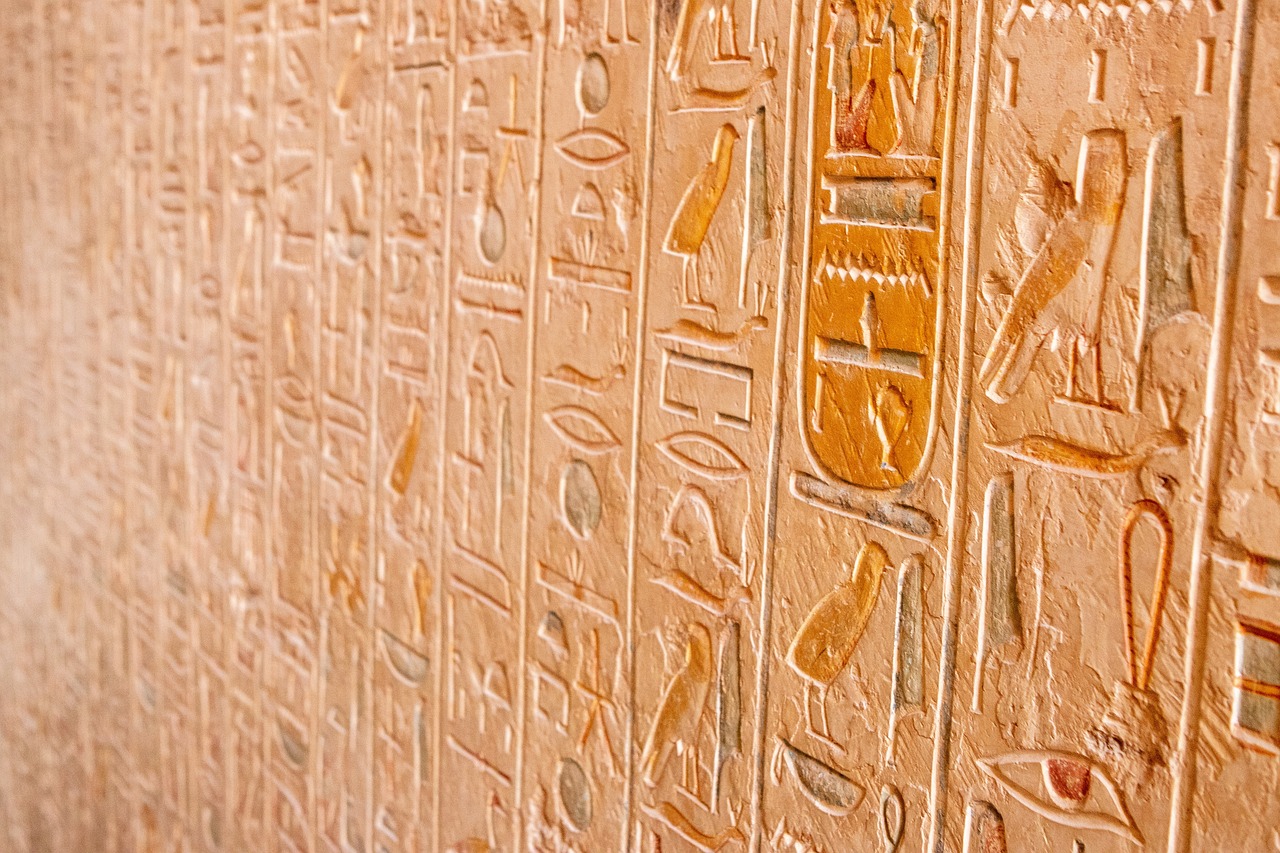
Role of the Pharaoh in Agriculture
Ancient Egyptian agriculture was a crucial aspect of their civilization. This article explores the innovative techniques, tools, and practices that the ancient Egyptians used to cultivate the fertile land along the Nile River.
The Nile River played a central role in the success of ancient Egyptian agriculture, providing fertile soil, water for irrigation, and transportation for crops and goods.
The ancient Egyptians developed sophisticated farming techniques such as flood irrigation, crop rotation, and the use of animal manure as fertilizer to maximize agricultural productivity.
The Pharaohs of ancient Egypt played a significant role in overseeing agricultural activities, ensuring the prosperity of the kingdom through efficient land management and resource allocation.
The ancient Egyptians cultivated a variety of crops including wheat, barley, flax, and vegetables, using advanced harvesting methods to ensure a bountiful yield for sustenance and trade.
Ancient Egyptian farmers utilized a range of tools and implements such as plows, sickles, and shadufs to cultivate the land, harvest crops, and manage irrigation systems effectively.
Agriculture held deep religious and cultural significance in ancient Egypt, with rituals, festivals, and beliefs surrounding the cultivation of the land and the cycles of nature.
Despite the success of ancient Egyptian agriculture, farmers faced challenges such as pests, droughts, and floods, prompting them to develop innovative solutions to ensure food security and sustainability.
The agricultural practices of ancient Egypt have left a lasting legacy, influencing farming techniques, irrigation systems, and cultural beliefs that continue to resonate in modern agriculture.
The Pharaoh in ancient Egypt held a pivotal role in the agricultural sector, symbolizing power, authority, and divine connection. They were responsible for overseeing the distribution of land, organizing labor for farming activities, and ensuring the efficient utilization of resources.
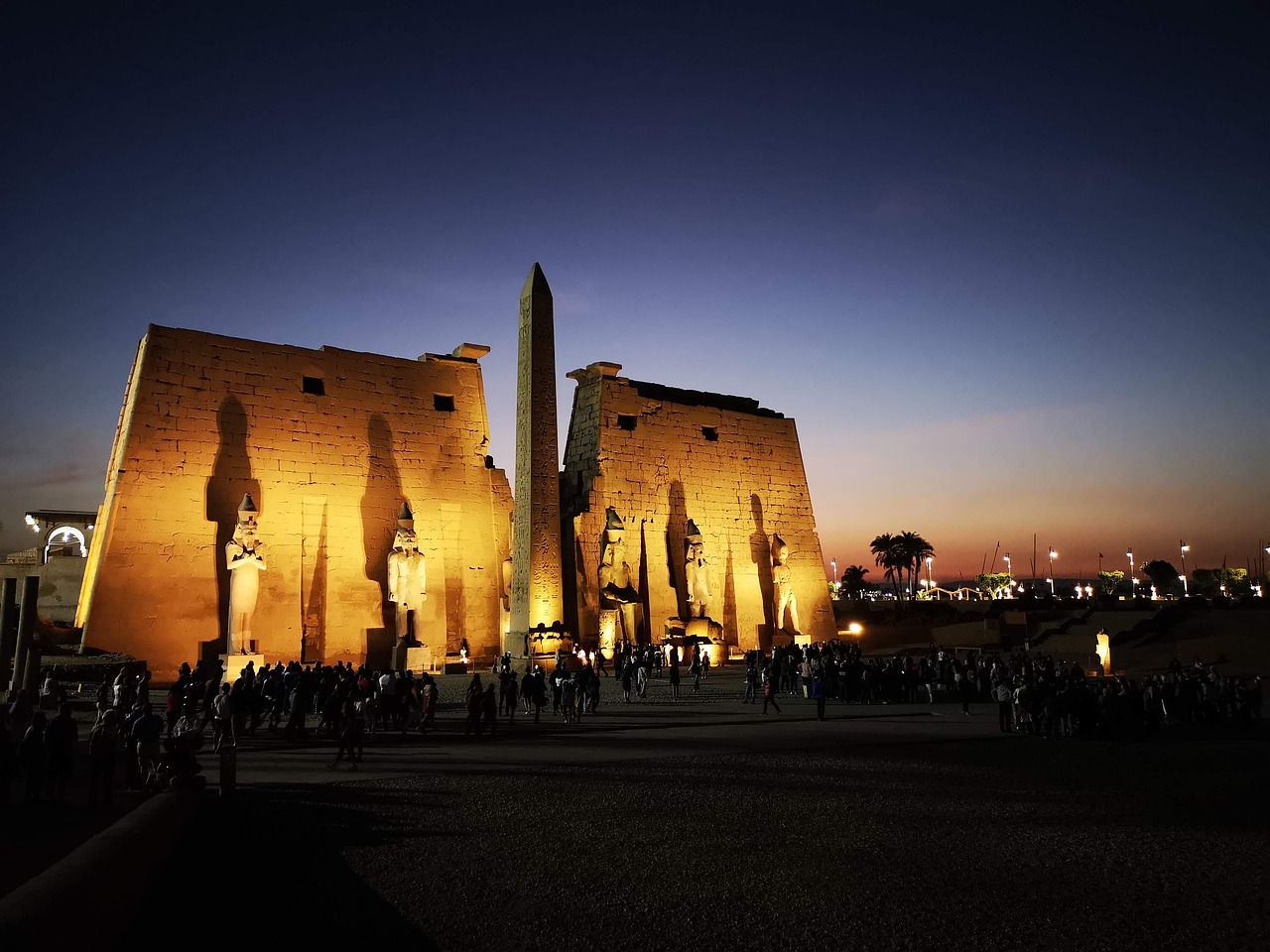
Ancient Egyptian Crops and Harvesting
Ancient Egyptian agriculture was a crucial aspect of their civilization. This article explores the innovative techniques, tools, and practices that the ancient Egyptians used to cultivate the fertile land along the Nile River.
The Nile River played a central role in the success of ancient Egyptian agriculture, providing fertile soil, water for irrigation, and transportation for crops and goods.
The ancient Egyptians developed sophisticated farming techniques such as flood irrigation, crop rotation, and the use of animal manure as fertilizer to maximize agricultural productivity.
The Pharaohs of ancient Egypt played a significant role in overseeing agricultural activities, ensuring the prosperity of the kingdom through efficient land management and resource allocation.
Ancient Egyptians cultivated a variety of crops including wheat, barley, flax, and vegetables, using advanced harvesting methods to ensure a bountiful yield for sustenance and trade. They meticulously planned their planting schedules to take advantage of the annual flooding of the Nile, which enriched the soil with nutrient-rich silt. Additionally, they utilized innovative tools like sickles and threshing machines to efficiently harvest and process the crops.
Ancient Egyptian farmers utilized a range of tools and implements such as plows, sickles, and shadufs to cultivate the land, harvest crops, and manage irrigation systems effectively.
Agriculture held deep religious and cultural significance in ancient Egypt, with rituals, festivals, and beliefs surrounding the cultivation of the land and the cycles of nature.
Despite the success of ancient Egyptian agriculture, farmers faced challenges such as pests, droughts, and floods, prompting them to develop innovative solutions to ensure food security and sustainability.
The agricultural practices of ancient Egypt have left a lasting legacy, influencing farming techniques, irrigation systems, and cultural beliefs that continue to resonate in modern agriculture.
Coming soon...

Tools and Implements of Ancient Egyptian Farmers
Ancient Egyptian agriculture was a crucial aspect of their civilization. This article explores the innovative techniques, tools, and practices that the ancient Egyptians used to cultivate the fertile land along the Nile River.
The Nile River played a central role in the success of ancient Egyptian agriculture, providing fertile soil, water for irrigation, and transportation for crops and goods.
The ancient Egyptians developed sophisticated farming techniques such as flood irrigation, crop rotation, and the use of animal manure as fertilizer to maximize agricultural productivity.
The Pharaohs of ancient Egypt played a significant role in overseeing agricultural activities, ensuring the prosperity of the kingdom through efficient land management and resource allocation.
The ancient Egyptians cultivated a variety of crops including wheat, barley, flax, and vegetables, using advanced harvesting methods to ensure a bountiful yield for sustenance and trade.
Ancient Egyptian farmers utilized a range of tools and implements to cultivate the land, harvest crops, and manage irrigation systems effectively. These tools included plows, sickles, and shadufs. The plow was essential for turning the soil before planting, while sickles were used for cutting crops during harvest. Shadufs, a type of irrigation tool, helped lift water from the Nile for irrigation purposes.
Agriculture held deep religious and cultural significance in ancient Egypt, with rituals, festivals, and beliefs surrounding the cultivation of the land and the cycles of nature.
Despite the success of ancient Egyptian agriculture, farmers faced challenges such as pests, droughts, and floods, prompting them to develop innovative solutions to ensure food security and sustainability.
The agricultural practices of ancient Egypt have left a lasting legacy, influencing farming techniques, irrigation systems, and cultural beliefs that continue to resonate in modern agriculture.
Stay tuned for answers to common questions about ancient Egyptian agriculture!
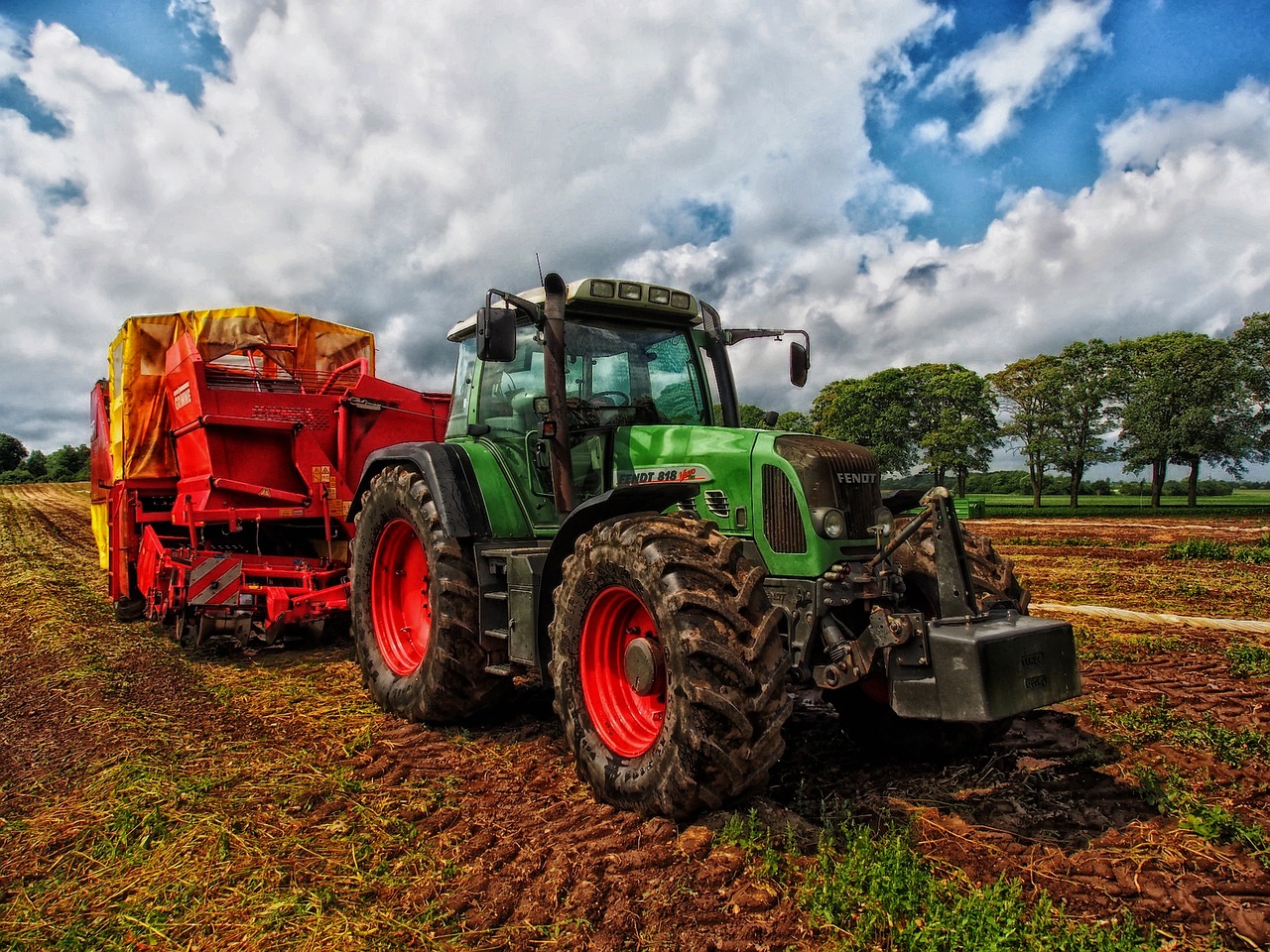
Religious and Cultural Significance of Agriculture
Agriculture in ancient Egypt held a profound religious and cultural significance that permeated every aspect of society. The ancient Egyptians viewed the cultivation of the land as a sacred duty, closely tied to their beliefs in the afterlife and the cycles of nature. The annual flooding of the Nile River was not just a natural phenomenon but a divine blessing from the gods, symbolizing rebirth and fertility.
Religious ceremonies and rituals were intricately woven into the agricultural calendar, with festivals dedicated to deities such as Osiris, the god of agriculture and fertility. The planting and harvesting seasons were marked by elaborate ceremonies and offerings to ensure a successful harvest and appease the gods for their blessings.
Furthermore, the concept of Ma'at, the ancient Egyptian principle of harmony and balance, was deeply intertwined with agriculture. The act of tilling the land and sowing seeds was seen as upholding Ma'at, maintaining order in the universe, and ensuring the prosperity of the kingdom.
Moreover, the depictions of agricultural scenes in ancient Egyptian art and hieroglyphics not only served as practical instructions for farmers but also reflected the cultural values and beliefs surrounding agriculture. The image of the Pharaoh participating in agricultural activities symbolized his role as the earthly embodiment of the gods, responsible for maintaining cosmic order and ensuring the fertility of the land.
In conclusion, agriculture in ancient Egypt was not merely a means of sustenance but a sacred duty deeply ingrained in the religious and cultural fabric of society. The rituals, beliefs, and practices surrounding agriculture reflected the ancient Egyptians' profound reverence for the land and its role in sustaining life and connecting the mortal world with the divine.

Challenges and Solutions in Ancient Egyptian Agriculture
Ancient Egyptian agriculture, while highly successful, was not without its challenges. Farmers faced various obstacles that threatened their crops and livelihoods. One of the primary challenges was the unpredictable flooding of the Nile River. While the annual flooding brought fertile soil, excessive flooding could destroy crops and infrastructure. To combat this, ancient Egyptians constructed elaborate irrigation systems like canals and reservoirs to control the water flow and minimize the impact of floods.
Another significant challenge was pests and diseases that could devastate crops. Locusts, rodents, and plant diseases were common threats to agricultural productivity. To address this, farmers developed innovative methods such as using natural predators to control pests, rotating crops to prevent the buildup of pests, and using medicinal plants to treat diseased crops.
Furthermore, droughts posed a serious risk to agriculture in ancient Egypt. A lack of rainfall could lead to crop failure and famine. To mitigate the effects of drought, farmers dug wells and developed efficient irrigation techniques to ensure crops received an adequate water supply. They also stored surplus grains during abundant years to prepare for times of scarcity.
In addition to natural challenges, ancient Egyptian farmers also had to contend with social and economic pressures. Land ownership disputes, taxation, and labor shortages were common issues that could hinder agricultural production. The Pharaohs intervened by implementing land reforms, providing incentives for farmers, and organizing labor to ensure the smooth functioning of agriculture.
Despite these challenges, ancient Egyptian farmers demonstrated remarkable resilience and ingenuity in finding solutions. Their ability to adapt to environmental conditions, innovate agricultural practices, and collaborate within their communities enabled them to overcome obstacles and thrive in a challenging agricultural landscape.
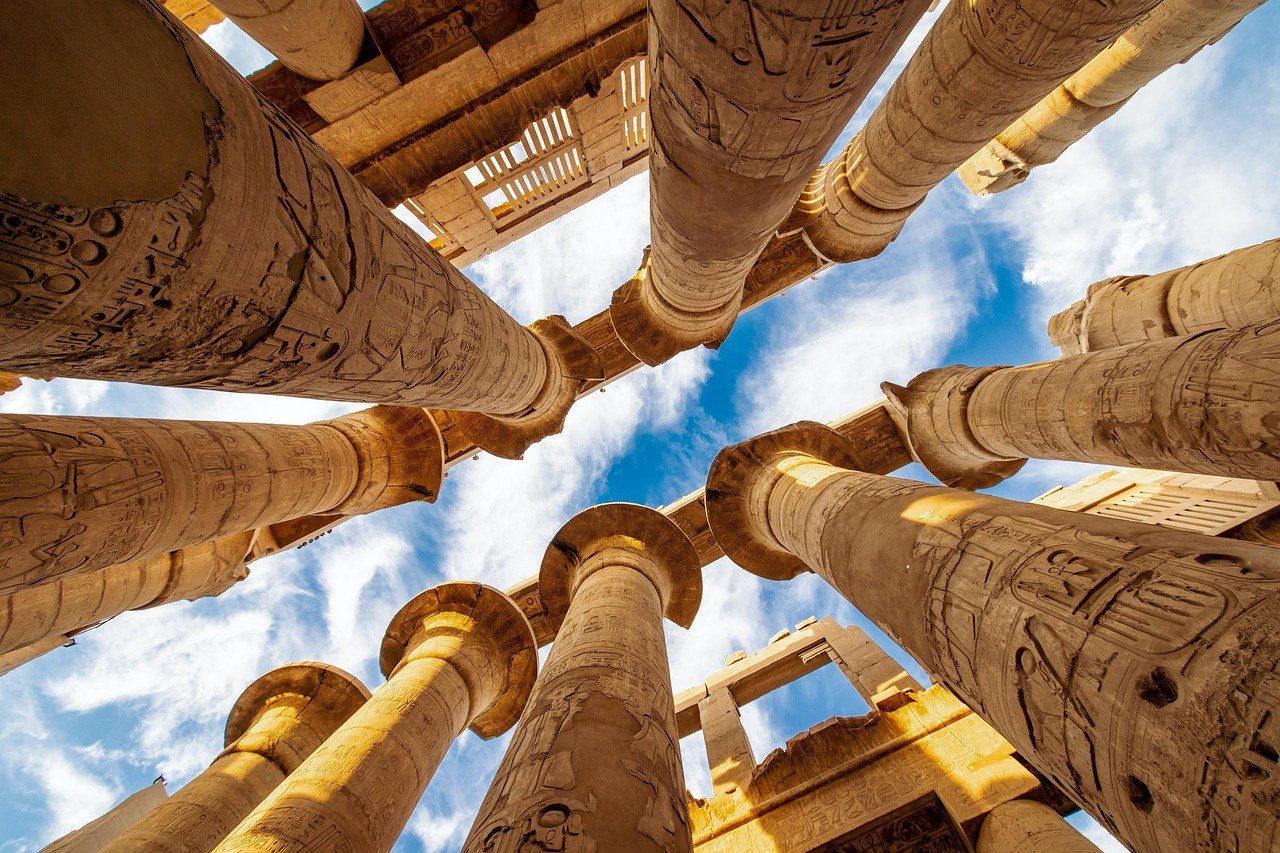
Legacy of Ancient Egyptian Agriculture
Ancient Egyptian agriculture has left an indelible legacy that continues to influence modern farming practices and cultural beliefs. The innovative techniques and practices developed by the ancient Egyptians have had a lasting impact on agriculture worldwide. Their mastery of flood irrigation, crop rotation, and sustainable farming methods set a precedent for future generations to follow. The agricultural prowess of ancient Egypt was not only a means of sustenance but also a symbol of prosperity and abundance.
One of the most enduring legacies of ancient Egyptian agriculture is the intricate irrigation systems they devised to harness the waters of the Nile River. The construction of canals, dams, and reservoirs allowed the ancient Egyptians to control the flow of water and ensure consistent irrigation for their crops. This engineering marvel laid the foundation for modern irrigation practices and revolutionized agriculture in arid regions around the world.
Beyond the practical aspects of farming, agriculture held deep cultural and religious significance for the ancient Egyptians. The annual flooding of the Nile was not just a natural phenomenon but a divine blessing from the gods. Rituals and ceremonies were performed to honor the agricultural cycle, with offerings made to the deities associated with fertility and harvest. These traditions underscored the spiritual connection between the land, the people, and the divine forces that governed their lives.
The legacy of ancient Egyptian agriculture extends beyond the fields and into the realm of art, architecture, and literature. Depictions of farming scenes adorn the walls of temples and tombs, showcasing the importance of agriculture in daily life and in the afterlife. Hieroglyphic inscriptions detail the agricultural calendar, the types of crops grown, and the labor involved in tilling the soil. The agricultural motifs found in ancient Egyptian art serve as a testament to the enduring impact of farming on their society.
Furthermore, the agricultural practices of ancient Egypt have inspired ongoing research and exploration into the history of farming. Archaeologists continue to uncover new insights into the techniques and tools used by ancient Egyptian farmers, shedding light on their ingenuity and resourcefulness. By studying the agricultural remnants left behind by the ancient Egyptians, scholars gain a deeper understanding of the complexities of their society and the innovations that propelled their civilization forward.
Frequently Asked Questions
- What were the main crops grown by ancient Egyptians?
Ancient Egyptians cultivated a variety of crops including wheat, barley, flax, and vegetables. These crops were essential for sustenance and trade, contributing to the prosperity of their civilization.
- How did the Nile River contribute to ancient Egyptian agriculture?
The Nile River played a crucial role in ancient Egyptian agriculture by providing fertile soil, water for irrigation, and a means of transportation for crops and goods. It was the lifeline of their civilization.
- What tools did ancient Egyptian farmers use for agriculture?
Ancient Egyptian farmers utilized tools such as plows, sickles, and shadufs to cultivate the land, harvest crops, and manage irrigation systems effectively. These tools were essential for maximizing agricultural productivity.
- Why was agriculture significant in ancient Egyptian culture?
Agriculture held deep religious and cultural significance in ancient Egypt, with rituals, festivals, and beliefs surrounding the cultivation of the land and the cycles of nature. It was intertwined with their society and beliefs.
- What challenges did ancient Egyptian farmers face in agriculture?
Ancient Egyptian farmers faced challenges such as pests, droughts, and floods, which threatened food security. They developed innovative solutions to overcome these challenges and ensure sustainability.



















